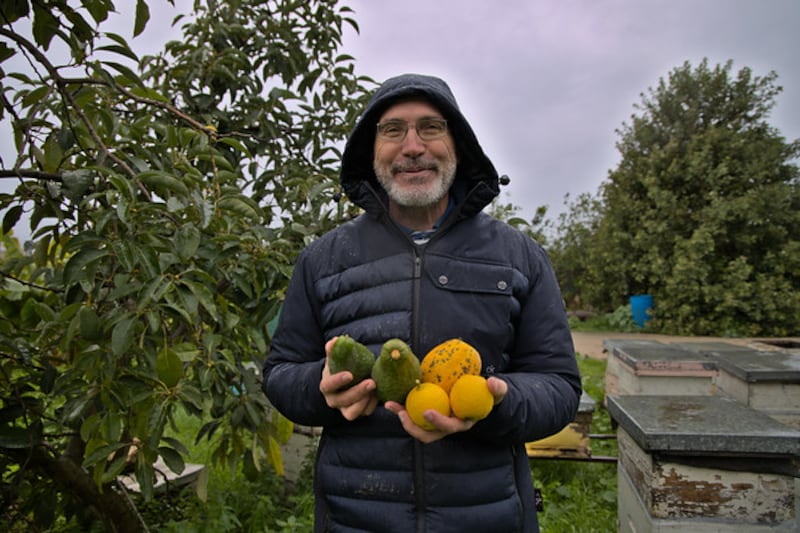Cars, buses and trucks overloaded with people and their belongings stretched across five lanes of the main highway from southern Lebanon to Beirut. Many in the packed-out vehicles had received voice messages early on Monday telling them that Israeli forces would be targeting buildings used by Hizbullah in their vicinity.
Tens of thousands of panic-stricken people soon fled their homes in southern Lebanon and the eastern Bekaa valley, both Hizbullah strongholds, as Israel quickly launched a campaign of deadly aerial strikes that killed 558 people, including 50 children and 94 women on Monday, according to the ministry of health. The death toll was the highest experienced by Lebanon since the civil war that ended in 1990.
“Those who can afford to leave are leaving,” says Karim Osseiran, who left his farm outside of the southern city of Tyre on Sunday. But Osseiran says some people with “responsibilities and commitments” are staying, as well as those who have “nowhere to go”.
There are no public shelters in the deprived, agricultural area where Osseiran lives, which lies 20km from Israel. According to the Lebanese Association of Properties, only 10 per cent of buildings across the country have some form of protective shelter.

Osseiran says most houses in his locality are rudimentary, with the cost of building a private shelter prohibitive for the mostly farmers who live in the area. With nowhere to go, or unable to travel along the congested highway, some spent Monday night sleeping on the public beach in Tyre, as plumes of smoke from Israeli strikes rose behind them.
The tens of thousands of people fleeing southern Lebanon and the eastern Bekaa valley in the past week are joining more than 100,000 people already displaced from their homes by nearly a year of fighting between Hizbullah, an Iran-backed paramilitary group, and Israel. As the fragile Lebanese state faces a new wave of displacement, the country’s interior minister Bassam Mawlawi announced that dozens of schools across the country would be temporarily converted into shelters.
According to an information leaflet seen by The Irish Times, these public shelters have been designated for Lebanese citizens. Syrian refugees arriving into Beirut from the south and the Bekaa faced a mixed reception at shelters in the capital city, with one shelter in Bir Hassan opening its doors to them while another in the Dekwaneh suburb said it was only for Lebanese people.
Marc Torbey, the president of Offre Joie, said that since Monday the cross-community, volunteer-run NGO has “been hammered with calls and people asking for shelter” and was converting two of its centres into shelters for 200 displaced people.
At the NGO’s office in Mar Mikhael in east Beirut, a team of volunteers was on phones and crouched over spreadsheets on laptops following up on offers of accommodation circulating online.
Meanwhile, in the courtyard outside, thin mattresses were being piled up and several volunteers were cleaning large pots and pans that will be used to cook hundreds of meals for families arriving into the Lebanese capital this week.
- Sign up for push alerts and have the best news, analysis and comment delivered directly to your phone
- Join The Irish Times on WhatsApp and stay up to date
- Listen to our Inside Politics podcast for the best political chat and analysis














